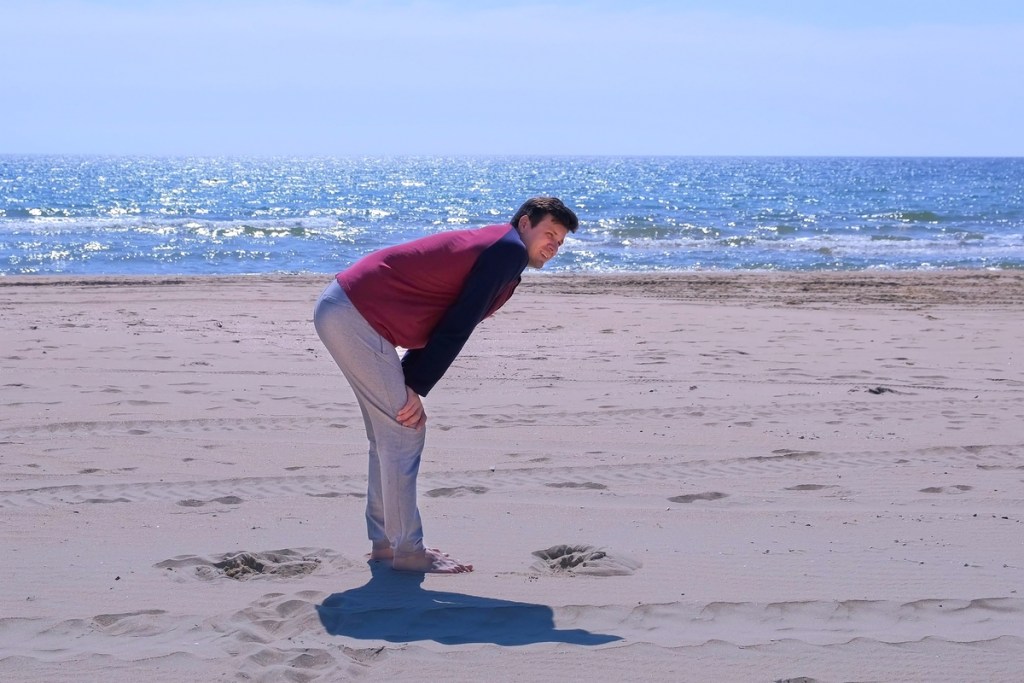
Building endurance is an important part of many fitness routine. After all, endurance and stamina are the building blocks on which a solid exercise plan is built.
Having a strong cardiovascular system, which is what determines your endurance level, also has a range of well-known health benefits, from preventing heart disease to lowering high blood pressure.
When embarking on a new regimen, it is critical to remember that no one goes from the couch to the Tour de France after six weeks of training. Endurance must be built gradually, and never appears overnight.
So what are the best ways to build endurance? Here’s our guide for developing stamina the right way for the long term. Although this is a very complex topic that can quickly become technical, we’re keeping it simple for the non-experts looking to get their hearts pumping in the right direction.
Start low and slow
When it comes to building your cardiovascular endurance, consistency is the key. So take it easy on yourself and grow your routine gradually.
If you’re new to exercising, or if you simply believe your endurance level could stand to improve, start with low-intensity exercise for longer periods of time (shoot for 40-90 minutes).
Here are some low-intensity exercises. Each one should be done at a slower pace:
- Walking
- Stationary bike
- Rowing machine
- Light weight-lifting
- Swimming laps
Try to stick to something and improve your time or result a little bit every time you do it. Your cardiovascular endurance will slowly but steadily improve with time.

High-intensity interval training
Pressed for time? Looking to goose your workout with something a little more demanding? High-intensity interval training, or HIIT, may be just what the doctor (or personal trainer) ordered.
This type of exercise involves short bursts of exercise, as quick as just a couple of minutes. Even in that small of a timeframe, these exercises will still cause your heart rate to spike. The goal at the beginning should be two or three days per week with sets of 5-15 minutes in duration.
Keep in mind that these are quite vigorous, even for such a short time. Check with your health care provider to make sure you’re healthy enough to attempt these activities. That said, if you find your heart racing after just a few minutes, you’ve achieved the desired effect!
Some high-intensity interval training exercises include:
- Jumping rope
- Burpees
- Sprinting
- Jumping jacks
- Climbing stairs
- Planking
If you try one of these and it’s too difficult or not to your liking, fear not. There are always new options to try. Again, consistency is key here, so take it slow and give yourself room to change up your routine and find an exercise or group of exercises you’re comfortable with over time.

Running a better race
Many people, especially novice exercisers, seem to have a mental block against running. But the truth of the matter is that it may be the best tool we have when we want to build up cardiovascular endurance.
There is no magical road map (pun intended) for getting the most out of your running workouts. To reiterate, it’s not the destination that counts here but the journey.
But there are some general principles to consider to not only derive maximum benefit from running but making sure you stick with it for the long haul. Remember, it’s a marathon, not a sprint (sorry).
- Aim to run for three days a week. You can increase this as you get more comfortable in your routine.
- Prioritize distance over pace: speed will come with time. The best way to push yourself is to expand the distance you’re putting in. Expand distance gradually, “going long” once every other week or increasing your mileage by no more than 10 percent each week.
- Take breaks if you need to: walking for a while during your run is not the end of the world. Just try to get back to running if or when you feel capable of doing so.
- Take rest days: these are critical for letting the body recover, prevent injuries, and lock in the gains you’ve made.
All of these tips are doable for any fitness newbie, no matter what the experience level. At the end of the day, you are the one who best knows your physical condition and the best goals for building your own endurance.
Mix and match these tips and activities until you’ve got the right combination. Then stick with it! It can take time and can be frustrating at times. Cardiovascular endurance is not a muscle you can readily see, so it can be hard to gauge your progress. But over time you’ll start to feel better — and you’ll notice improvements in your ability to expand your time or distance. Take it slow and let it happen naturally over time with smooth, consistent work.
BlissMark provides information regarding health, wellness, and beauty. The information within this article is not intended to be medical advice. Before starting any diet or exercise routine, consult your physician. If you don’t have a primary care physician, the United States Health & Human Services department has a free online tool that can help you locate a clinic in your area. We are not medical professionals, have not verified or vetted any programs, and in no way intend our content to be anything more than informative and inspiring.




